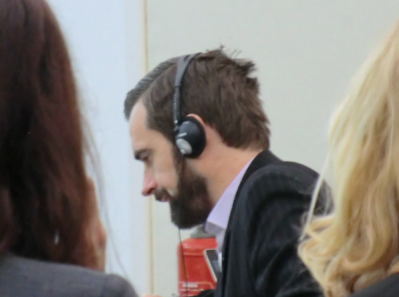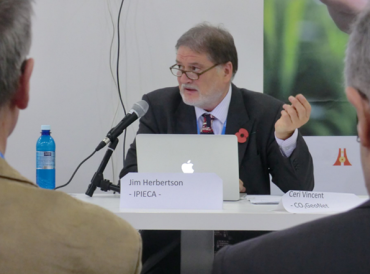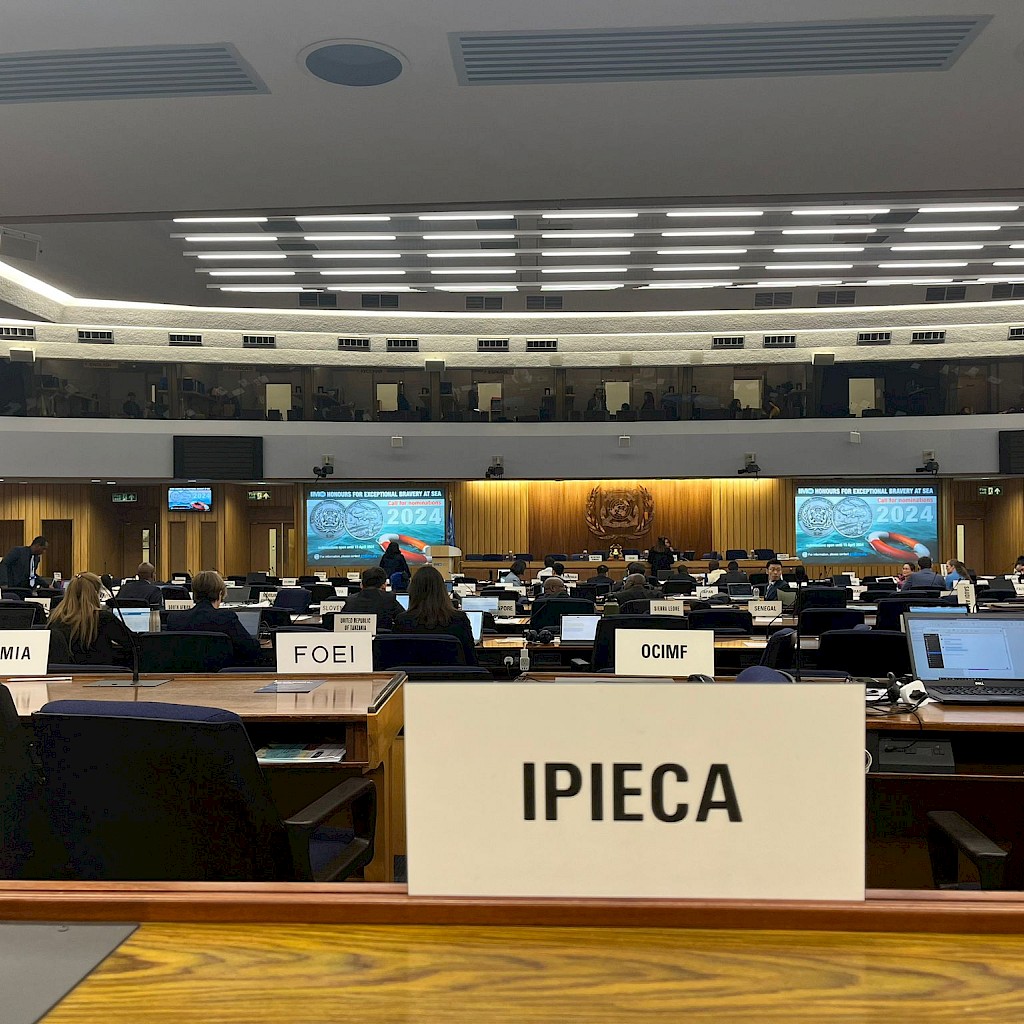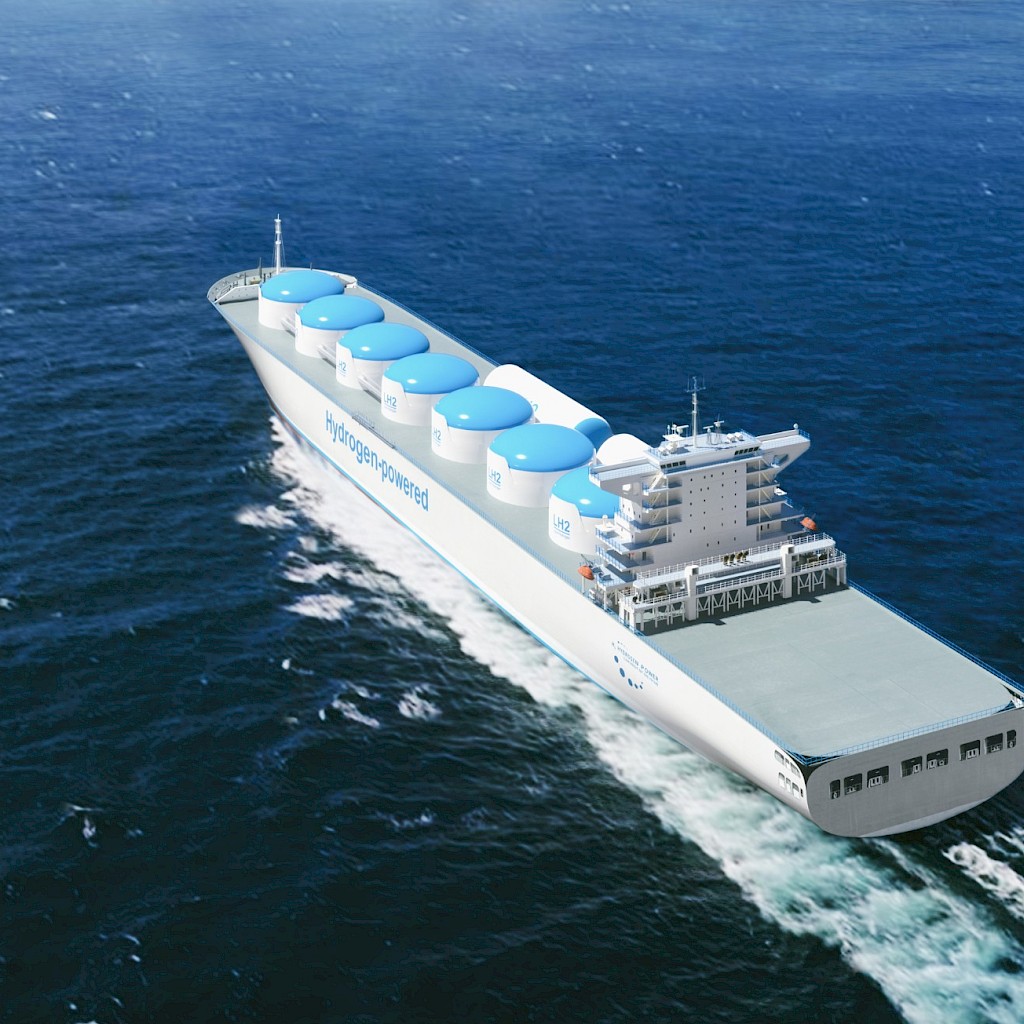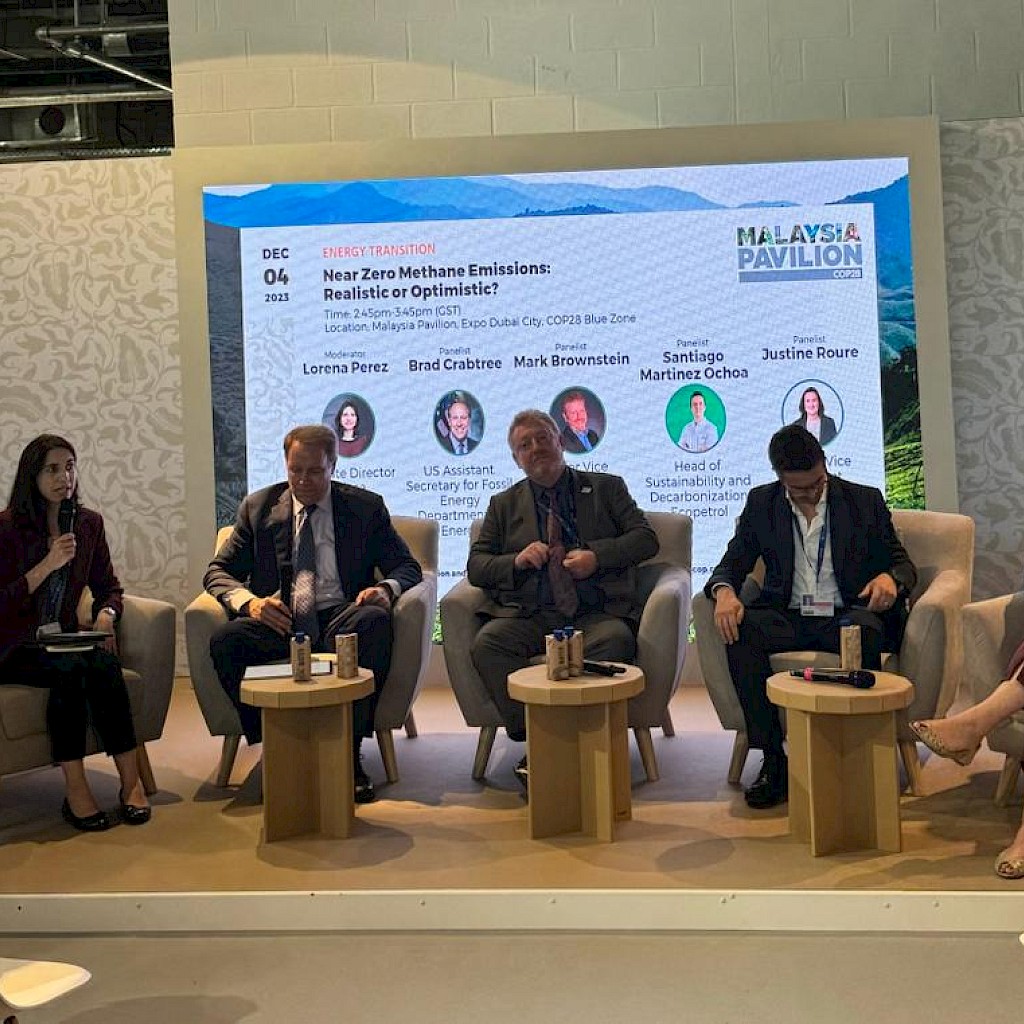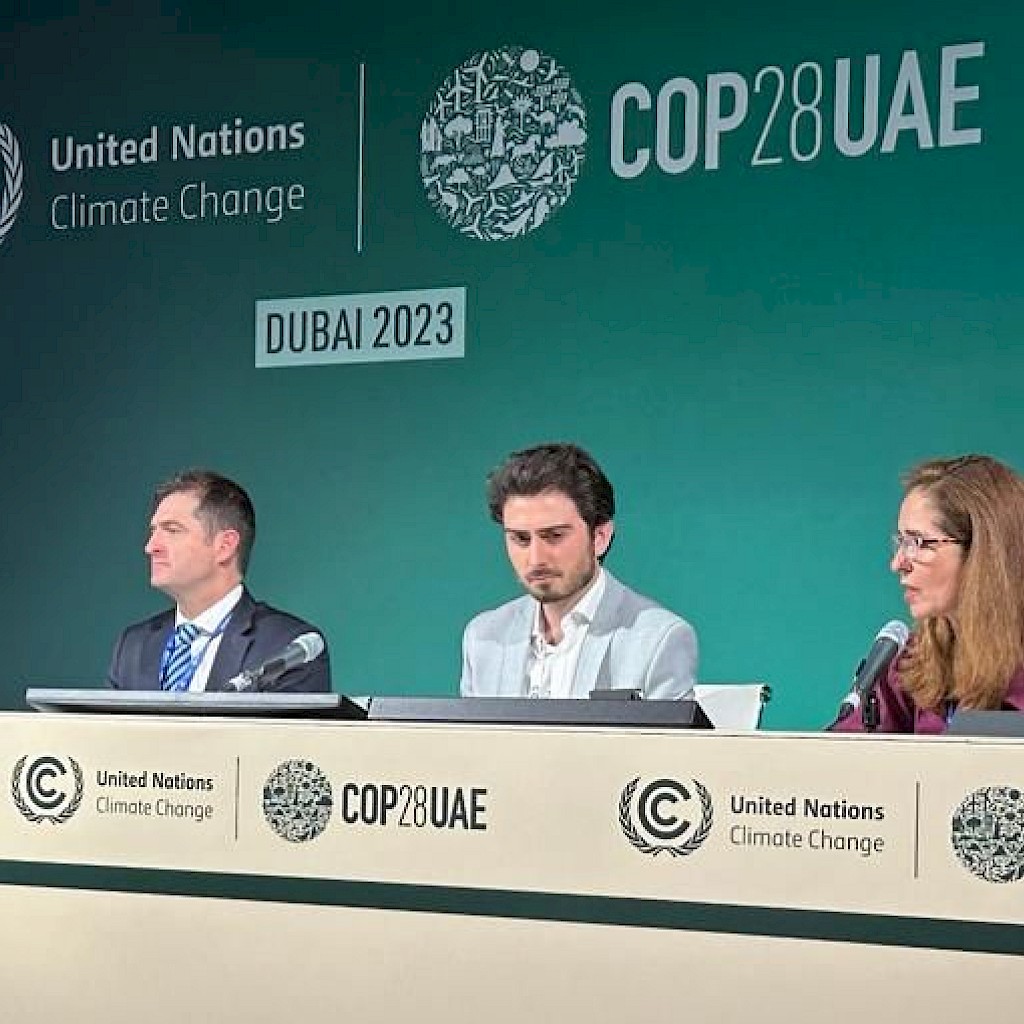Chevron Fellow and Senior Strategy Advisor, Ipieca Climate Change Group Member and COP veteran Arthur Lee gives an insider's view on how the historic Paris Agreement was reached, the progress made in the five years since then and the outlook for next year's COP 26.
The Paris Agreement was a four-year journey, starting from Durban, South Africa.
After the Conference of Parties to the United Nations Framework Convention on Climate Change ('Convention') at its 17th round (COP-17 Durban) took almost two days and nights of overtime to agree to the text of the Durban Platform, essentially a package of decisions centered on the intent to develop a new agreement to replace the Kyoto Protocol under the Convention, the Parties finally set a timeline of four years to mandate themselves to negotiate a new 'protocol, legal instrument, or an agreed outcome with legal force.' This four-year journey saw many ups and downs, twists and turns, frustrations and elations through COP-18 Doha, COP-19 Warsaw, COP-20 Lima, and finally COP-21 Paris. In Paris, the Parties to the Convention took on almost non-stop 70 hours of negotiations in the last two days of the schedule, then went into overtime, and finally adopted the Paris Agreement at 7:29 pm Central European Time on Saturday 12 December 2015.
The Paris Agreement sets long-term goals, calling for 'holding the increase in the global average temperature to well below 2 °C above pre-industrial levels and pursuing efforts to limit the temperature increase to 1.5 °C above pre-industrial levels.' Further, the Paris Agreement states: '...Parties aim to reach global peaking of greenhouse gas emissions as soon as possible, ... so as to achieve a balance between anthropogenic emissions by sources and removals by sinks of greenhouse gases in the second half of this century, on the basis of equity, and in the context of sustainable development and efforts to eradicate poverty.'
Figure 1: Robert Siveter, former Senior Project Manager at Ipieca, is shown here listening to the interventions at a Technology Mechanism negotiation session during COP-21.
I have served as an official observer to the COP negotiations since COP-5 Bonn, frequently serving as a delegate of Ipieca, which has been an official COP observer since the first COP in Berlin. I was there at COP-21 Paris.
The oil and gas industry's role in achieving the Paris goals
At the five-year anniversary of the Paris Agreement, the oil and gas industry is seen by some as a barrier to achieving the long-term goals of the Paris Agreement. Yet, the industry continues to provide the energy and the materials the world needs to thrive. The oil and gas industry has the global and regional experience to work with government partners to develop policies, technology providers to further research and develop solutions, and the management skills of complex projects to deploy solutions at a large scale and across the globe. Furthermore, the industry has the capital to invest in new technologies in the energy transition to reduce emissions and look for breakout solutions with new sources of energy, thus providing affordable, reliable, ever cleaner energy to people to enable prosperity and at the same time achieve the long-term goals of Paris.
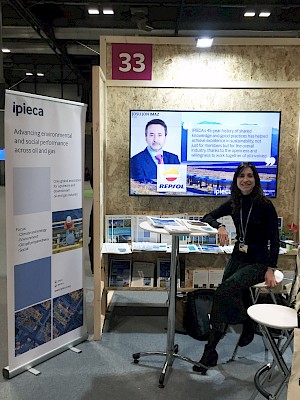 Ipieca's place at the Convention
Ipieca's place at the Convention
Ipieca is a non-lobbying organization. Its key roles include the education of its members and stakeholders to advance the industry's environmental and social performance.
One of Ipieca's major strengths over time has been its ability to convene groups of knowledgeable experts from both inside and outside the industry on technology, policy, environmental, social and health issues. In the context of climate change, this has included the convening of world-class experts in Ipieca's workshops on issues ranging from climate change science, technologies and policies to reduce emissions, market-based mechanisms such as international emissions trading, including the European Union Emissions Trading Scheme and the Clean Development Mechanism, the low carbon transition of transport, carbon dioxide capture and geological storage, and adaptation to climate change risks. In addition to direct participation in these workshops, the Ipieca workshop summaries also served to communicate what Ipieca members can learn and have learned from the proceedings.
Figure 2. Lorena Perez-Bajo, Ipieca Senior Manager for Climate and Energy, engaged stakeholders in discussion at the Ipieca booth at COP-25 Madrid.
Ipieca has worked closely with the United Nations Environment Programme since Ipieca's own inception in 1974 to serve as the official industry channel of communication with the UN. In the context of the Convention, Ipieca representatives have participated since the very first COP in Berlin. At each COP, Ipieca delegates have a booth to engage in conversations with all stakeholders, including policymakers, business, environmentalists and other activists. At the booth, Ipieca provides printed materials and, in recent years, links and QR codes to online publications and videos to raise awareness and uptake of our freely available guidance which aims to advance the industry's environmental and social performance. Workshop summaries, fact sheets, and awareness briefs are produced each year by the Ipieca Climate Change Group. They are presented at side events that Ipieca representatives organize, as well as at side events organized by other stakeholders. Likewise, we open our events to guests from a wide range of organizations from various sectors.
COP-26: the key issues
Ipieca intends to observe at COP-26 Glasgow, scheduled for 1-12 November 2021. We will present highlights of fact sheets, awareness briefs, and workshop reports that are educational to members and stakeholders about important issues related to low emissions pathways of the energy transition.
At COP-26, unfinished negotiations on Article 6 will resume. Article 6, which provides for the 'cooperative approaches' of the Paris Agreement, enables nations to reduce emissions on a global basis, including the use of market-based approaches such as the trading of emissions reductions. In the language of the Paris Agreement, emission reductions can be transferred from one nation to another as 'internationally transferred mitigation outcomes,' without double-counting and ensuring environmental integrity, enabling nations to work together to reduce emissions economically efficiently on a wider, more global basis. However, the negotiations of how to implement Article 6 have divided nations since COP-24 when the negotiations on this Article failed to be completed the first time. Compromise was very close at COP-25, but eventually the gaps were just too wide to be bridged and the negotiations again failed to be completed.
Figure 3. Jim Herbertson, Ipieca Technical Director for Climate and Energy, discussed CCUS at an official side event at COP-23 organized jointly with CO2Geonet.
Another key issue will be long-term climate finance. The long-term climate finance issue of mobilising US$100 billion per year by 2020, which is intended to enable developing nations to both reduce emissions and to adapt to the risks of climate change, also could not complete negotiations at COP-25 in Madrid. This long-term climate finance decision text will need to be finalised to continue the momentum of funding. Parties also continued to be far apart on issues that include how to measure the private sector's role in the funding level and to distinguish climate finance from existing flows of official development assistance (ODA), which developing nations have stated must be additional to ODA.
At COP-26, Ipieca will again host and participate in side events to bring together the industry with key stakeholders and governments around important issues such as carbon markets and technologies including carbon capture, utilisation and storage, hydrogen and sustainable mobility solutions being developed by the industry which can contribute to a net-zero future and support the delivery of the Paris Agreement.
Disclaimer
This article summarises publicly available information. By summarising and distributing this information, I am not endorsing or adopting the views expressed. To the extent this post contains opinions or assessments separate from the publicly available information being summarised, those are my own and not necessarily those of Chevron Corporation or its subsidiaries or affiliates, or any other organization with which I have been affiliated.
